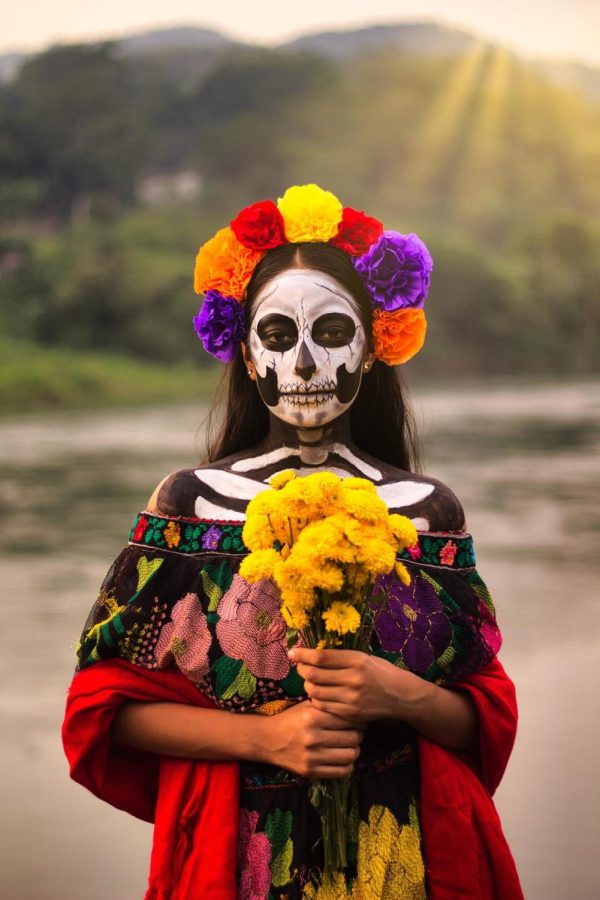Why do we celebrate Día de los Muertos?
Image by Jose Sanchez Hernandez from Pixabay
Hispanic culture brings death to life, or life to death.
Die de los Muertos, or Day of the Dead, is a Mexican holiday celebrated on November 1 or 2, depending on location. Tradition suggests that on October 31, the day many people around the world recognize Halloween, the gates of heaven are opened and the border between the land of the living and the spirit world disappears. Spirits of children can visit on this day while spirits of adults can visit on a day on the other side of the border, November 1 or 2.
One way to celebrate Día de los Muertos is to leave offerings for family members, a tradition inspired by the Nahua people who provided food and water for their loved ones who werepassing to Mictlan, the final resting place.
During Día de los Muertos, people often make an altar called ofrendas, decorating them withpictures, food, and specific things their late family members enjoyed. They might have candles or bright flowers on the altar or these items may simply be placed on the graves of the loved ones. One popular flower is the yellow marigold that is said to help guide the spirits and represent purity and hope.
When people think of this holiday, they often imagine a calavera or calaca (skull). This is an important symbol of the Día de los Muertos. It can be the form of a sugar skull, painted on a face, in a decoration, or on clothing.
While the yellow marigold is symbolic, so are the colors purple and red. Purple can represent grief and the suffering of the dead. Red can stand for blood or blood of Christ.
As with most holidays, food is an important part of the tradition. For Día de los Muertos, some of the foods that are associated with it include atole (a thick drink made with corn flour) , Pan de Muertos,(sweet bread sprinkled with sugar), and mezcal.(tequila which is distilled and made from maguey/agave plant).
Día de los Muertos is special because it does not mourn death but celebrates it. To find out more about this uniquely Latino holiday, check out https://dayofthedead.holiday/
